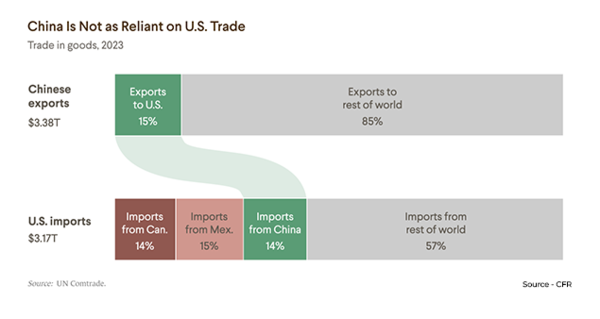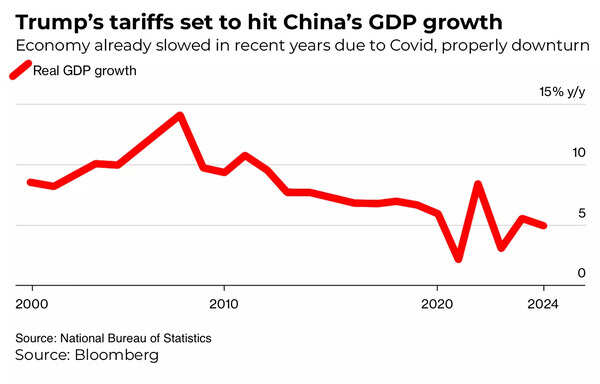Electric two-wheeler maker Ather Energy Ltd on Wednesday (April 23, 2025) said it has fixed a price band of ₹304 to ₹321 a piece for its ₹2,981 crore Initial Public Offering (IPO).
The issue will be open for public subscription from April 28 to April 30.
The bidding for anchor investors will open for a day on April 25, the company announced. This will be the first mainboard public issue of the current financial year (2025-26).
The IPO will be a combination of fresh issue of equity shares worth ₹2,626 crore, and an Offer-For-Sale (OFS) of 1.1 crore equity shares by promoters and other shareholders.
Ather intends to raise funds for the establishment of an electric two-wheeler factory in Maharashtra and for debt reduction. At the upper end of the price band, the IPO size is pegged at ₹2,981 crore, placing the company’s overall valuation at ₹11,956 crore.
This will be the second electric two-wheeler company looking to go public after Ola Electric Mobility floated its ₹6,145 crore IPO in August last year.

Ola Electric’s IPO had a fresh issue of up to ₹5,500 crore and an OFS of up to 8.5 crore equity shares.
Apart from its IPO plans, Ather Energy has also been expanding its research and development capabilities. Recently, the company announced the expansion of its R&D and testing capabilities at its product testing & validation centre.
The electric two-wheeler company has set aside 75% of the issue for qualified institutional buyers, 15% for non-institutional investors and the remaining 10% for retail investors.
Axis Capital, JM Financial, Nomura Financial Advisory and Securities (India), and HSBC Securities & Capital Markets are the IPO’s book-running lead managers. The equity shares of the company are expected to list on May 6 on the stock exchanges.
Published – April 23, 2025 01:04 pm IST









































